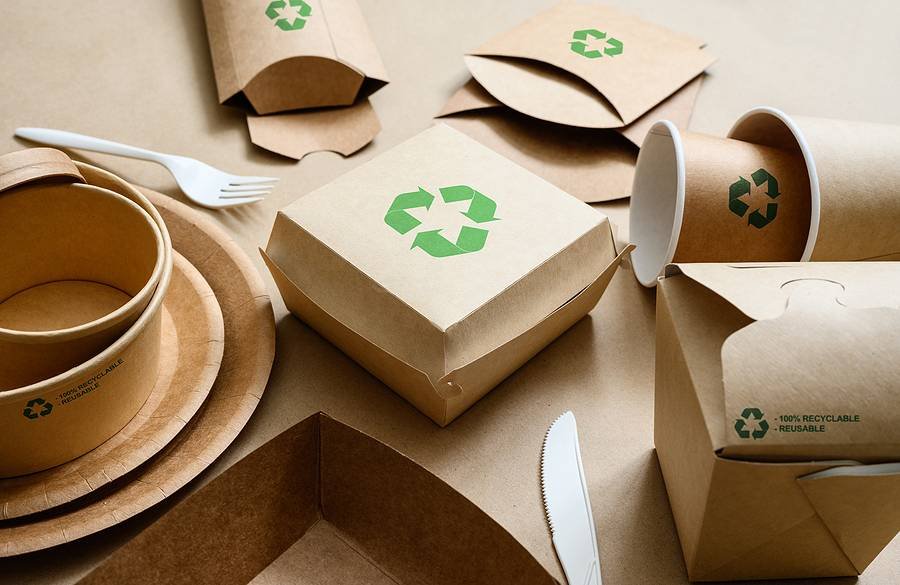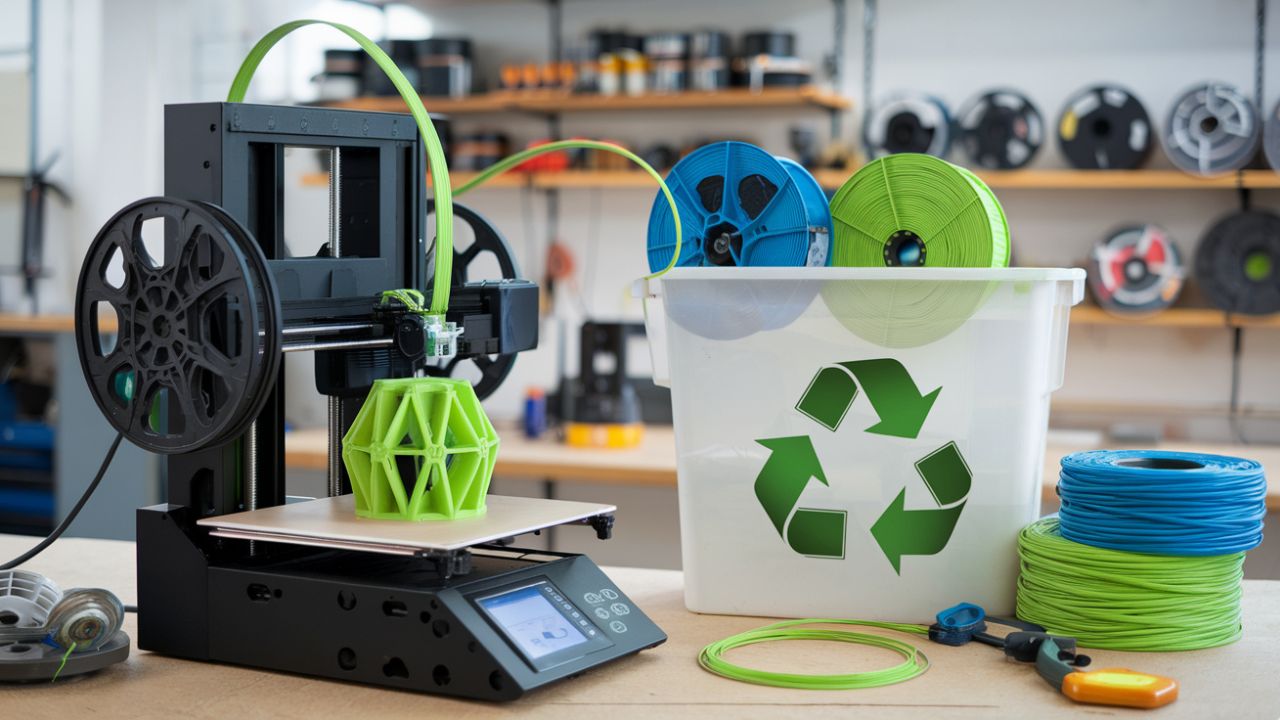In today’s world, the need for sustainability is more pressing than ever. Many businesses are looking for ways to reduce their carbon footprint and contribute positively to the environment. One effective method is by adopting eco friendly poster printing practices. This article will explore how businesses can integrate environmentally conscious methods into their printing operations and why it’s crucial to do so.

Understanding Eco-Friendly Poster Printing
Eco friendly poster printing involves using methods and materials that have minimal impact on the environment. This means choosing sustainable sources, reducing waste, and using energy-efficient processes. By doing so, businesses not only help the planet but can also enhance their brand reputation and attract eco-conscious customers.
Why Choose Eco-Friendly Printing?
Choosing eco-friendly printing practices benefits both the environment and your business. Environmentally friendly processes often lead to cost savings by reducing waste and energy consumption. Additionally, businesses that prioritize sustainability often gain customer loyalty and trust, as modern consumers are increasingly aware of environmental issues.
Materials Matter
One of the key aspects of eco friendly poster printing is selecting the right materials. Opt for recycled paper and non-toxic inks. These materials not only reduce environmental harm but also maintain high-quality print standards. For more information on sustainable materials, you can visit this external resource.
Energy Efficient Practices
Using energy-efficient printing equipment can significantly lower your environmental impact. Modern printers with energy-saving modes or those certified by environmental standards are essential for sustainable printing operations. You can learn more about energy-efficient practices at our page on sustainable design.
Implementing Sustainable Designs
Design plays a crucial role in eco-friendly printing. By optimizing design layouts to use less ink and paper, businesses can further reduce waste. Using digital proofs instead of physical ones is another way to minimize unnecessary resource consumption. Discover more about sustainable design on our sustainable design page.
Certifications and Standards
Seek out certifications like FSC (Forest Stewardship Council) or Green Seal. These certifications ensure that your materials and processes meet high environmental standards. For a deeper understanding of green printing certifications, check out our detailed guide on green certifications.
Reducing Waste
Reducing waste is a fundamental component of eco-friendly printing. Implementing practices such as recycling used materials and optimizing print runs can significantly cut down on waste. For tips on waste reduction, you might find this external guide useful.
Sustainable Packaging
Once your posters are printed, consider how they are packaged. Using recycled or biodegradable materials for packaging reduces environmental impact. Explore our insights on sustainable packaging.
Case Studies of Successful Implementation
Many companies have successfully implemented eco-friendly printing practices and reaped the benefits. For instance, companies that switched to recycled paper and soy-based inks have reported not only environmental benefits but also cost savings. These real-world examples can serve as inspiration and provide a roadmap for your own sustainability journey.
Challenges and Solutions
While the transition to eco-friendly printing can present challenges, such as higher initial costs or limited material options, these are often outweighed by long-term benefits. Solutions include sourcing materials from certified suppliers and investing in training for staff to handle new equipment and processes efficiently.
Future of Eco-Friendly Printing
The future of eco-friendly printing is promising, with technological advancements making sustainable practices more accessible and affordable. As more businesses adopt these methods, the demand for eco-friendly materials and processes will continue to grow, leading to a more sustainable industry overall.
Conclusion
Incorporating eco-friendly poster printing practices is not just an environmental duty but a strategic business decision. By choosing sustainability, businesses can reduce costs, gain customer loyalty, and play a part in preserving the planet. Start your journey towards sustainable printing today and make a positive impact on both your business and the environment.

FAQs
What are the benefits of eco-friendly poster printing?
Eco-friendly poster printing reduces environmental impact, saves costs on materials and energy, and enhances brand reputation among eco-conscious consumers.
How can I make my printing process more sustainable?
Opt for recycled materials, use energy-efficient printers, and consider digital proofs to reduce waste. Certifications can also help ensure your processes meet environmental standards.
Are eco-friendly materials more expensive?
While some eco-friendly materials may have higher upfront costs, they often lead to long-term savings and benefits, such as reduced waste and energy usage.
This article contains affiliate links. We may earn a commission at no extra cost to you.







